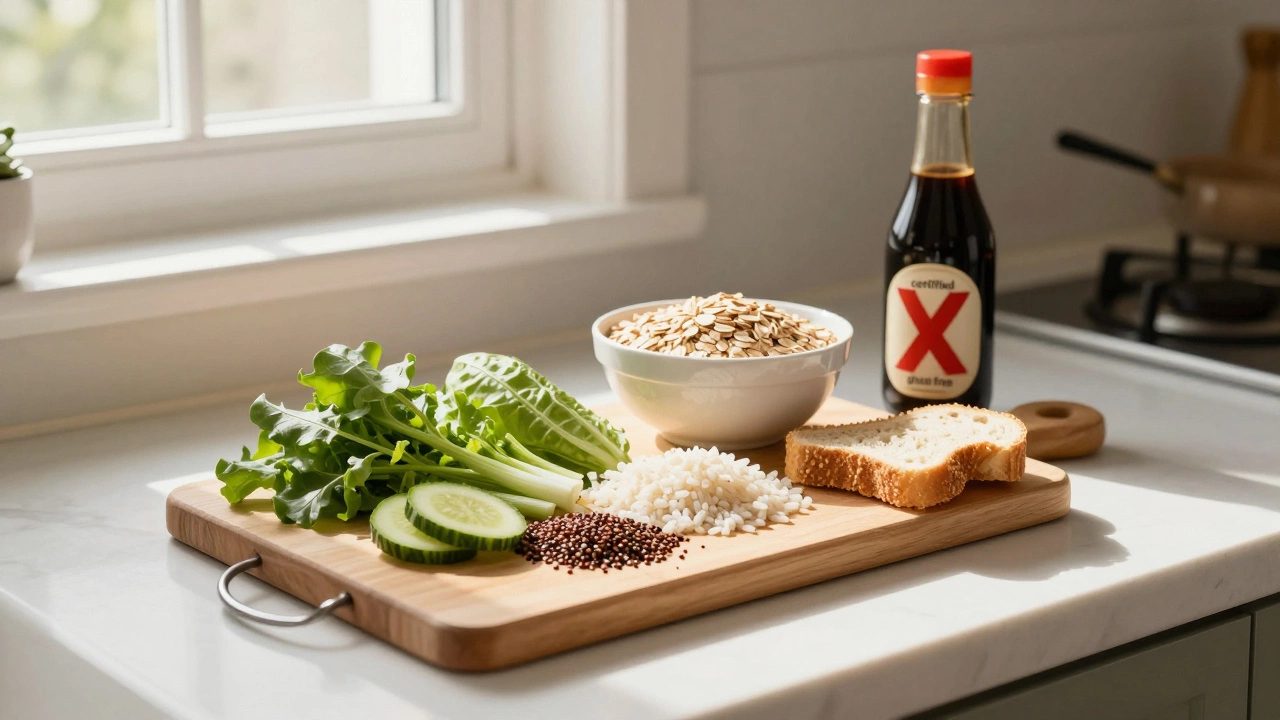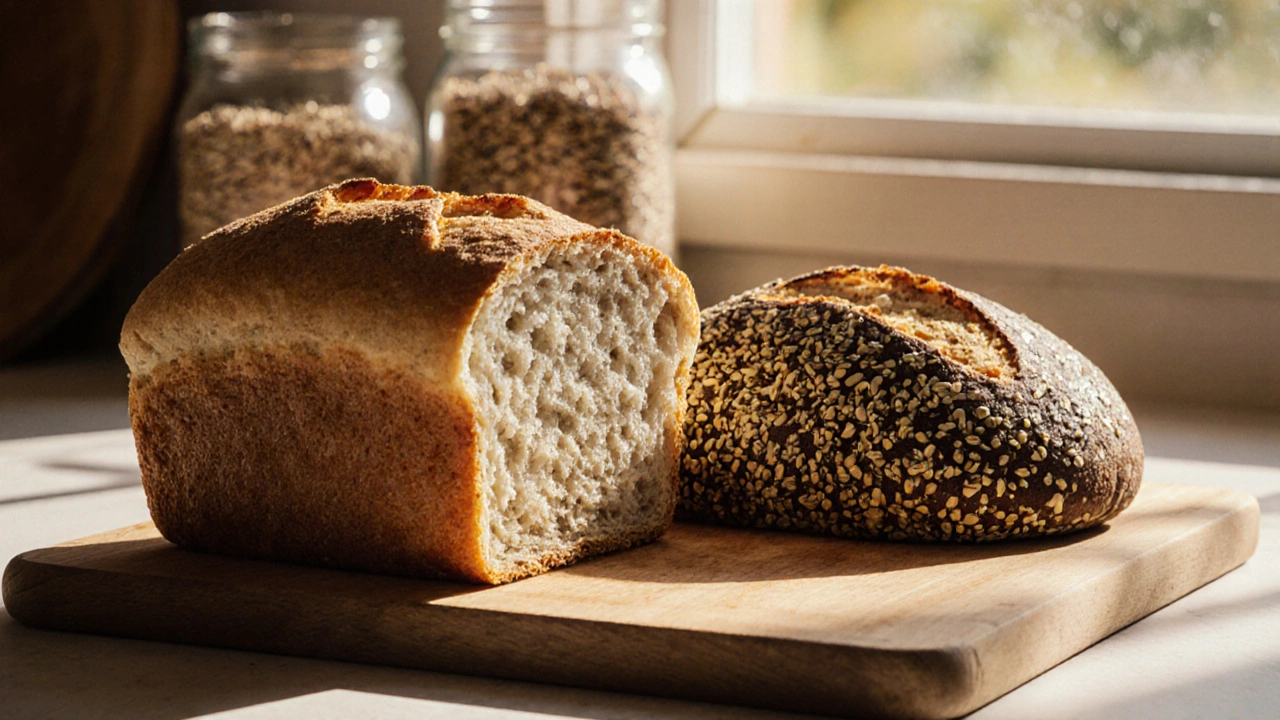How to Flush Gluten Out of Your Body: A Practical Guide
Learn how to effectively remove gluten from your body after accidental exposure. Discover what really works-no detox myths-just science-backed steps to heal your gut and feel better fast.
When working with gluten sensitivity, a condition where the immune system reacts to gluten proteins found in wheat, barley, and rye. Also known as gluten intolerance, it can trigger digestive upset, skin flare‑ups, and lingering fatigue. A gluten‑free diet, a structured eating plan that removes gluten‑containing grains and substitutes them with safe alternatives is the primary way to keep symptoms at bay. Many people also hear about celiac disease, an autoimmune disorder where gluten intake damages the small intestine, which shares some symptoms but requires stricter medical monitoring. Finally, understanding cross‑contamination, the accidental transfer of gluten from one food surface or utensil to another is crucial for staying safe at home and away. If you’re navigating gluten sensitivity, these core ideas will shape everything you read below.
The first step is figuring out which foods are naturally gluten‑free. Legumes like chickpeas, mentioned in our guide on whether they contain gluten, are safe when they’re pure and unprocessed. Grain‑free flours—almond, coconut, rice, or buckwheat—let you bake cakes, cookies, and even cake pops without compromising texture. Knowing how to read labels is another non‑negotiable skill; look for hidden sources such as malt, modified starches, or “vegan” products that might still carry wheat derivatives. Our posts on vegan candies like Skittles and M&Ms show you how to spot gluten‑free certifications and avoid cross‑contact in packaged snacks. For those who love desserts, we’ve compiled a range of freeze‑friendly treats, from tiramisu to fudge, with specific tweaks that keep them gluten‑free while preserving mouthfeel. Mastering these practical tactics means you can enjoy sweets without constantly worrying about hidden gluten.
Beyond ingredients, the social side of gluten sensitivity matters too. Dining out? Ask servers about kitchen practices, request separate toasting, and double‑check that sauces aren’t thickened with wheat flour. Travel? Pack a small “gluten‑free safety kit”—a zip‑lock bag of certified flour, a travel‑size label guide, and a spare set of utensils. Our collection also dives into the science behind symptoms, offering quick self‑assessment checks and pointers on when to seek professional testing. By the end of this page you’ll have a clear roadmap: understand the condition, adopt a safe diet, avoid cross‑contamination, and still indulge in the desserts you love. Below, the articles break down each topic with step‑by‑step tips, recipes, and real‑world examples to help you live confidently with gluten sensitivity.

Learn how to effectively remove gluten from your body after accidental exposure. Discover what really works-no detox myths-just science-backed steps to heal your gut and feel better fast.

Many people experience dramatic improvements in bowel habits after going gluten-free-less bloating, firmer stools, fewer trips to the bathroom. Here's what actually changes in your digestion-and why gluten-free cakes aren't always the answer.

Discover the short‑term and long‑term effects on your body when you stop eating gluten, with tips for a balanced gluten‑free diet.